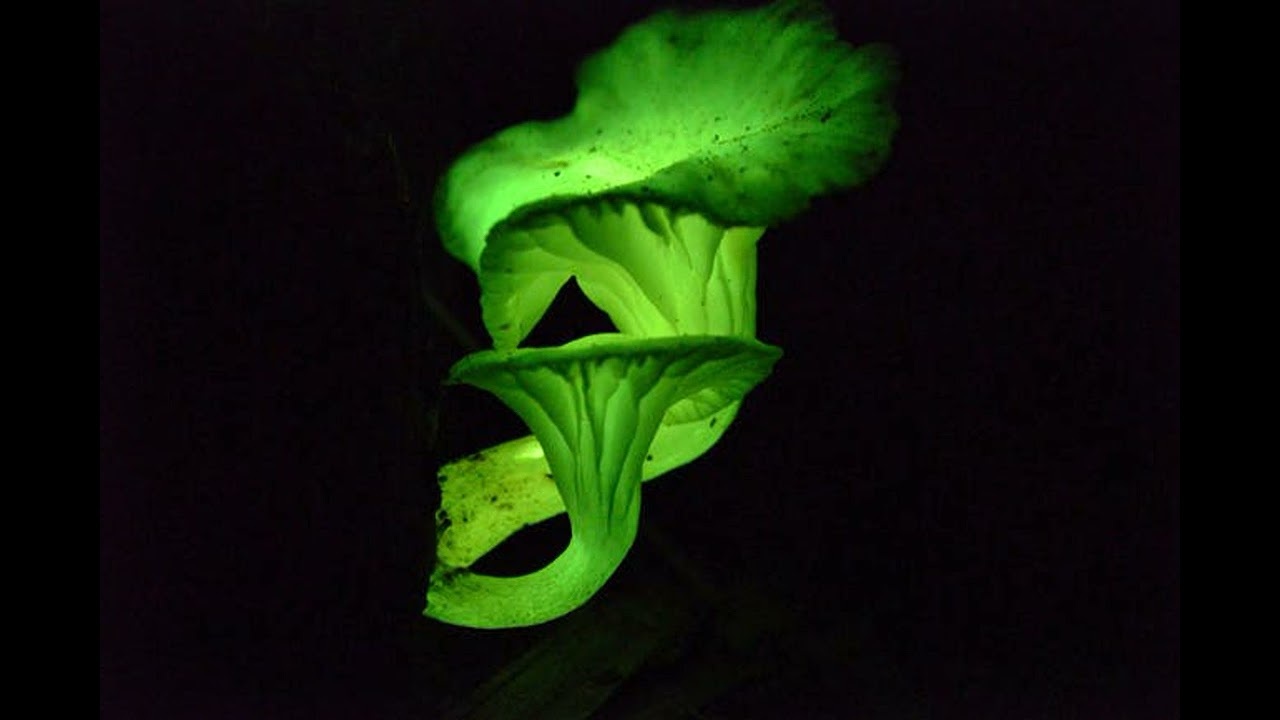
Foxfire is one of nature's most magical phenomena. Ever wondered what makes certain fungi glow in the dark? Bioluminescence is the answer. This natural light show is caused by a chemical reaction within the fungi. Imagine walking through a forest at night and seeing patches of glowing green light on the forest floor. It's like stepping into a fairy tale! But there's more to foxfire than just its enchanting glow. Did you know that foxfire has been observed for centuries, even mentioned by Aristotle? From its role in folklore to its scientific significance, foxfire is a fascinating subject. Ready to learn 34 amazing facts about this glowing wonder? Let's dive in!
Key Takeaways:
- Foxfire, also known as "fairy fire," is a glowing phenomenon produced by fungi in decaying wood. It has historical significance, practical uses, and continues to spark human curiosity and scientific exploration.
- Foxfire plays a role in the ecosystem, has practical applications, and has inspired art, literature, and movies. It's important to admire from a distance due to potential toxicity and fire hazards.
What is Foxfire?
Foxfire, also known as "fairy fire," is a bioluminescent phenomenon produced by certain fungi present in decaying wood. This natural light has fascinated humans for centuries, often being linked to folklore and myths. Let's dive into some intriguing facts about foxfire.
The Science Behind Foxfire
Understanding the science behind foxfire can help demystify this glowing wonder.
- Bioluminescence: Foxfire is a type of bioluminescence, which means it emits light through a chemical reaction within living organisms.
- Luciferase Enzyme: The light is produced by an enzyme called luciferase, which reacts with a molecule called luciferin in the presence of oxygen.
- Energy Efficiency: This light production is highly energy-efficient, with nearly all the energy being converted into light rather than heat.
Historical Significance of Foxfire
Foxfire has been noted throughout history, often surrounded by mystery and superstition.
- Ancient Greece: The phenomenon was first documented by Aristotle in ancient Greece.
- Japanese Folklore: In Japan, foxfire is associated with kitsune, mythical foxes believed to possess magical abilities.
- Native American Legends: Native American tribes often saw foxfire as a sign of spirits or supernatural beings.
Foxfire in Nature
Foxfire is not just a rare occurrence; it plays a role in the ecosystem.
- Wood Decay: The fungi responsible for foxfire help decompose dead wood, recycling nutrients back into the soil.
- Species Variety: Over 70 species of fungi are known to produce foxfire, including Armillaria mellea and Panellus stipticus.
- Habitat: These fungi are commonly found in forests, especially in moist, decaying wood.
Practical Uses of Foxfire
Believe it or not, foxfire has had some practical applications throughout history.
- World War I: Soldiers used foxfire to illuminate their trenches without attracting enemy attention.
- Navigation: Early explorers and travelers sometimes used foxfire as a natural light source in dark forests.
- Art and Decoration: Some cultures have used foxfire in art and decoration, taking advantage of its eerie glow.
Foxfire in Modern Science
Modern science continues to explore and utilize the properties of foxfire.
- Medical Research: Scientists study bioluminescence to develop new medical imaging techniques.
- Environmental Monitoring: Bioluminescent organisms, including foxfire fungi, are used to monitor environmental changes and pollution.
- Genetic Engineering: Researchers have inserted luciferase genes into other organisms to create bioluminescent plants and animals.
Foxfire and Human Curiosity
Foxfire has always sparked human curiosity and creativity.
- Literature: Foxfire has been mentioned in various literary works, including Shakespeare's "A Midsummer Night's Dream."
- Movies and TV: The glowing phenomenon has inspired scenes in movies and TV shows, adding a touch of magic and mystery.
- Art: Artists have recreated the glow of foxfire in paintings and installations, capturing its ethereal beauty.
Foxfire and Safety
While foxfire is generally harmless, there are some safety considerations.
- Toxicity: Some foxfire-producing fungi are toxic if ingested, so it's best to admire them from a distance.
- Fire Hazard: Although foxfire itself is not a fire hazard, the decaying wood it inhabits can be flammable.
- Allergies: Handling these fungi can cause allergic reactions in some people, so caution is advised.
Foxfire in Different Cultures
Different cultures have their own interpretations and stories about foxfire.
- European Folklore: In Europe, foxfire was often seen as a bad omen or a sign of witchcraft.
- Chinese Mythology: In Chinese mythology, foxfire is linked to the fox spirit, a creature with magical powers.
- African Traditions: Some African cultures believe foxfire is the work of ancestral spirits guiding the living.
Foxfire and Technology
Advancements in technology have allowed us to study foxfire in greater detail.
- Microscopy: High-powered microscopes reveal the intricate structures of bioluminescent fungi.
- Spectroscopy: Scientists use spectroscopy to analyze the light emitted by foxfire, gaining insights into its chemical composition.
- Photography: Long-exposure photography captures the mesmerizing glow of foxfire, making it easier to study and appreciate.
Fun Facts About Foxfire
Here are some fun and lesser-known facts about foxfire.
- Color Variations: Foxfire can emit different colors, ranging from green to blue, depending on the species of fungi.
- Seasonal Appearance: Foxfire is more commonly seen in the fall and spring when conditions are moist.
- Glow Duration: The glow can last for several days or even weeks, depending on the health of the fungi and environmental conditions.
Foxfire and the Future
The future holds exciting possibilities for the study and application of foxfire.
- Sustainable Lighting: Researchers are exploring the potential of bioluminescent organisms for sustainable lighting solutions.
- Space Exploration: Bioluminescence could be used in space exploration to provide light in environments where traditional lighting is impractical.
- Public Awareness: Increased public interest in bioluminescence can lead to greater conservation efforts for the habitats of these unique organisms.
- Educational Programs: Schools and museums are incorporating foxfire into educational programs to inspire the next generation of scientists and nature enthusiasts.
The Magic of Foxfire
Foxfire, or bioluminescent fungi, is a fascinating natural phenomenon. These glowing fungi have intrigued humans for centuries, from ancient folklore to modern scientific research. Found in decaying wood, they emit a soft, eerie light, usually green or blue. This glow is caused by a chemical reaction involving luciferin and luciferase, similar to how fireflies light up.
While foxfire is not harmful, it serves a purpose in nature. The light attracts insects, which help spread the fungi's spores. Some species of foxfire fungi are even used in medical research for their unique properties.
Next time you're in a forest at night, keep an eye out for that mysterious glow. It's a reminder of nature's wonders and the many secrets still waiting to be uncovered. Foxfire isn't just a spooky tale; it's a real, living marvel.
Frequently Asked Questions
Was this page helpful?
Our commitment to delivering trustworthy and engaging content is at the heart of what we do. Each fact on our site is contributed by real users like you, bringing a wealth of diverse insights and information. To ensure the highest standards of accuracy and reliability, our dedicated editors meticulously review each submission. This process guarantees that the facts we share are not only fascinating but also credible. Trust in our commitment to quality and authenticity as you explore and learn with us.


